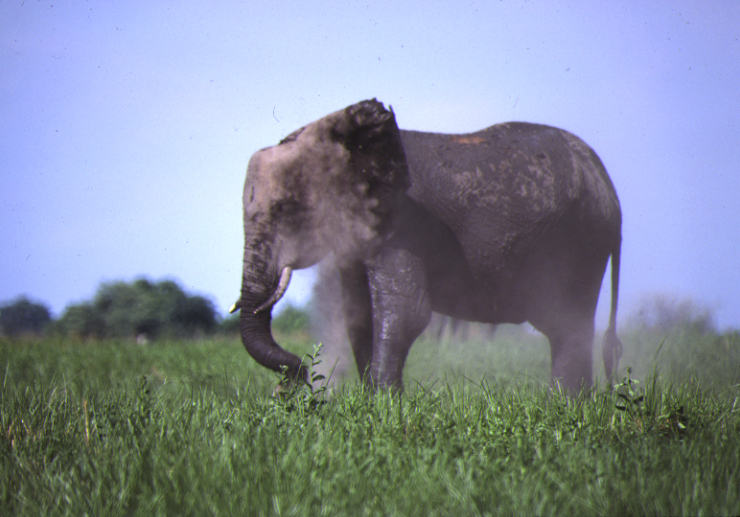
Career
In July 1934, Dahl joined the Shell Petroleum
Company. Following two years of training in the UK, he was transferred to Dar-es-Salaam, Tanganyika
(now Tanzania). Along with the only
two other Shell employees in the entire territory, he lived in luxury in the
Shell House outside Dar-es-Salaam, with a cook and personal servants. While out
on assignments supplying oil to customers across Tanganyika, he encountered black
mambas and lions,
amongst other wildlife.[4]
[edit]
World War II
Roald Dahl
Allegiance
United
Kingdom
Service/branch
British Army
(August-November 1939) Royal Air Force
(November 1939 – 1945)
Years of service
1939–1945
Rank
Wing
Commander
Battles/wars
World War
II
Other work
Author
In August 1939, as World War II impended,
plans were made to round up the hundreds of Germans in Dar-es-Salaam. Dahl was
made an officer in the King's African
Rifles, commanding a platoon of Askaris, indigenous troops
serving in the colonial army.
In November 1939, Dahl joined the Royal Air Force. After a
600-mile (970 km) car journey from Dar-es-Salaam to Nairobi, he was accepted for
flight training with 20 other men, and was one of only three who survived the
war, as the other 17 died in combat. With seven hours and 40 minutes experience
in a De Havilland Tiger
Moth, he flew solo; Dahl enjoyed watching the wildlife of Kenya during his flights. He
continued on to advanced flying training in Iraq, at RAF Habbaniya,
50 miles (80 km) west of Baghdad. Following six months'
training on Hawker Harts, Dahl was made
a Pilot Officer.
He was
assigned to No. 80 Squadron RAF,
flying obsolete Gloster Gladiators,
the last biplane fighter aircraft used
by the RAF. Dahl was surprised to find that he would not receive any specialised
training in aerial combat, or in
flying Gladiators. On 19 September 1940, Dahl was ordered to fly his Gladiator
from Abu Sueir in Egypt, on to Amiriya to refuel,
and again to Fouka in Libya for a second refuelling.
From there he would fly to 80 Squadron's forward airstrip
30 miles (48 km) south of Mersa Matruh. On the final
leg, he could not find the airstrip and, running low on fuel and with night approaching, he
was forced to attempt a landing
in the desert. The undercarriage hit a boulder and the aircraft crashed,
fracturing his skull, smashing his nose, and temporarily blinding him. He managed to
drag himself away from the blazing wreckage and passed out. Later, he wrote
about the crash for his first published work.



No comments:
Post a Comment